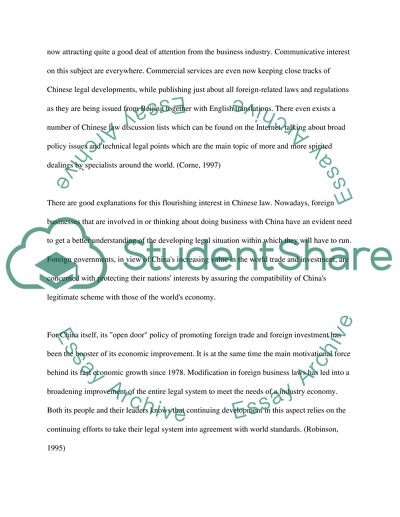Cite this document
(“Journey artical Article Example | Topics and Well Written Essays - 3500 words”, n.d.)
Retrieved from https://studentshare.org/other/1427403-journey-artical
Retrieved from https://studentshare.org/other/1427403-journey-artical
(Journey Artical Article Example | Topics and Well Written Essays - 3500 Words)
https://studentshare.org/other/1427403-journey-artical.
https://studentshare.org/other/1427403-journey-artical.
“Journey Artical Article Example | Topics and Well Written Essays - 3500 Words”, n.d. https://studentshare.org/other/1427403-journey-artical.


